Hyacinth Plant Flopping: Tips For Supporting Your Top Heavy Hyacinth Flowers
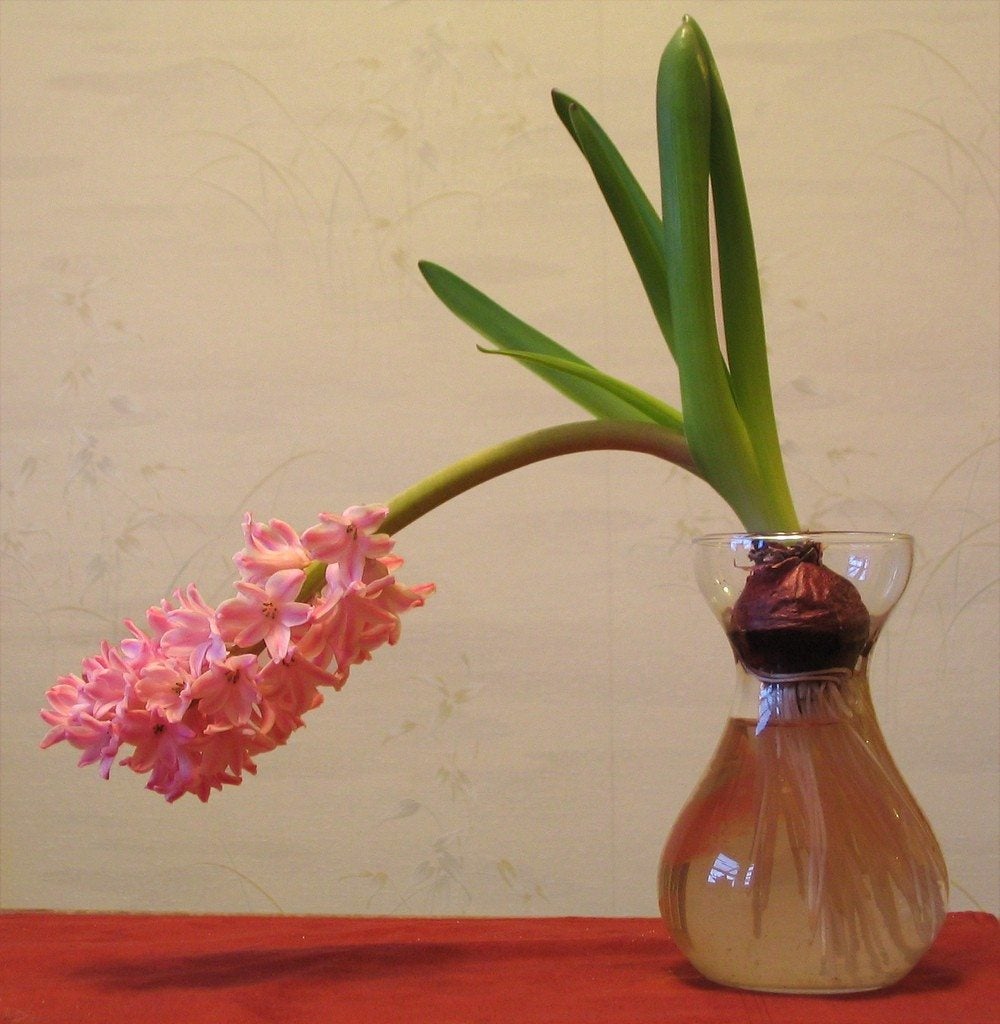

Are your hyacinths falling over? Don't worry, there is a silver lining. This is a common issue that many people encounter when growing these plants. Continue reading to learn more about supporting top heavy hyacinth flowers and how to fix a dropping hyacinth plant for good.
Reasons for Hyacinth Plant Flopping
There are several reasons that can be attributed to hyacinth plant flopping. Let's go over the most common causes for hyacinths falling over in the garden:
Top Heaviness and Variety - One of the most common complaints when growing hyacinth flowers is floppy stems. Top heavy hyacinth flowers cause the stem to flop over while in full bloom. Some of the taller varieties of hyacinth flowers are naturally prone to flopping.
Light and Temperature - Another reason for hyacinth drooping is either not enough light or excessive heat. Indoor hyacinth plants should be kept in bright, indirect light, while those planted outdoors require a sunnier location. In addition, hyacinths prefer to be kept a bit on the cool side, around 60 degrees F. (16 C.) indoors and no more than 70 to 75 degrees F. (21-24 C.) outside.
Soil and Plant Depth - Not always a major problem for most people, but sometimes it's the health of your soil that may be causing your hyacinths to fall over. No, not poor soil as you might think, but actually rich soil can occasionally be blamed for floppy hyacinths.
Too many nutrients can cause rapid growth, which then leads to thinner, weaker stems. Planting depth can also affect the floppiness of stems. If bulbs are not planted deep enough, it can sometimes result in weak stems that are more prone to bending over and breaking.
How to Fix a Drooping Hyacinth Plant
Learning how to fix a drooping hyacinth plant obviously depends on its cause. While there's nothing you can do about top-heaviness, as this is simply a natural growing characteristic with these plants, you can still alleviate the issue of hyacinths falling over through plant staking or closer planting (which help the blooms to support one another). This can be done either in pots or in garden beds.
Gardening tips, videos, info and more delivered right to your inbox!
Sign up for the Gardening Know How newsletter today and receive a free copy of our e-book "How to Grow Delicious Tomatoes".
Since various cultivars differ in their heights and floppiness, choosing a shorter variety can help reduce bending of stems. Planting precautions can also help with hyacinth plant flopping. Avoid planting bulbs in overly warm weather. Of course, in the garden there's little you can do for unusually warm spring temperatures but indoors they should be kept between 60 and 70 degrees F. (16-21 C.)
Also, be sure to provide sufficient lighting. If they are growing in shade or a darker room, you should move them to a sunnier or brighter location. In order to prevent falling hyacinths due to overly rich soils, go easy on the organic matter or fertilizer when planting.
Also, while roots need to be deep enough to reach water, the stem needs reinforcement at the base to support the abundant florets of each hyacinth flower, meaning deeper planting helps produce stronger stems. Therefore, plant your hyacinth bulbs at a depth of 6 to 8 inches (15-20 cm.).
Hyacinth Bulb Support
Depending on the variety, hyacinth plants grow up to 18 inches (46 cm.) tall and their large, globe-like blooms may be become quite heavy. It is because of this; tall top-heavy hyacinth flowers must be supported.
So how does one go about providing hyacinth bulb support? That's easy. Use thin bamboo stakes or small skewers for staking hyacinth flowers. Cut the stakes to the approximate height of the plant, plus 4 inches (10 cm).
Once the stalks break through and flowers begin sprouting in spring, carefully insert the stake about 4 inches (10 cm.) into the potting soil or ground, about an inch (2.5 cm.) from the stem, slowly easing the top of the stake under the flower head and along the length of the stem.
Loosely tie the stake to the plant with coated plant ties, twine, or strips of panty hose. Be sure to remove the stakes after the flowering season and store them for later use.

Nikki Tilley has been gardening for nearly three decades. The former Senior Editor and Archivist of Gardening Know How, Nikki has also authored six gardening books.
-
 Zinnias On Repeat: 10 Glorious Cut-And-Come-Again Varieties For Endless Summer Bouquets
Zinnias On Repeat: 10 Glorious Cut-And-Come-Again Varieties For Endless Summer BouquetsThese zinnia varieties keep giving all summer, making them the perfect choice for dedicated cutting gardens – or just the occasional homegrown bouquet.
By Ellen Wells
-
 Create A Romantic Garden Straight Out Of Bridgerton: Regency Era Romance In Your Garden
Create A Romantic Garden Straight Out Of Bridgerton: Regency Era Romance In Your GardenTry some romantic garden ideas straight out of Bridgerton. Flowers and gardens in the Regency era were lush and charming and you can get the same look!
By Bonnie L. Grant
-
 Hyacinth Bulb Itch – What To Do For Hyacinth Skin Allergy
Hyacinth Bulb Itch – What To Do For Hyacinth Skin AllergyHyacinth is a popular fall planted bulb for cheerful, fragrant spring blooms. These flowers help to drive away winter glooms. Unfortunately, hyacinth irritation can be an issue. Learn more about this skin problem, referred to as hyacinth bulb itch, in the following article.
By Mary Ellen Ellis
-
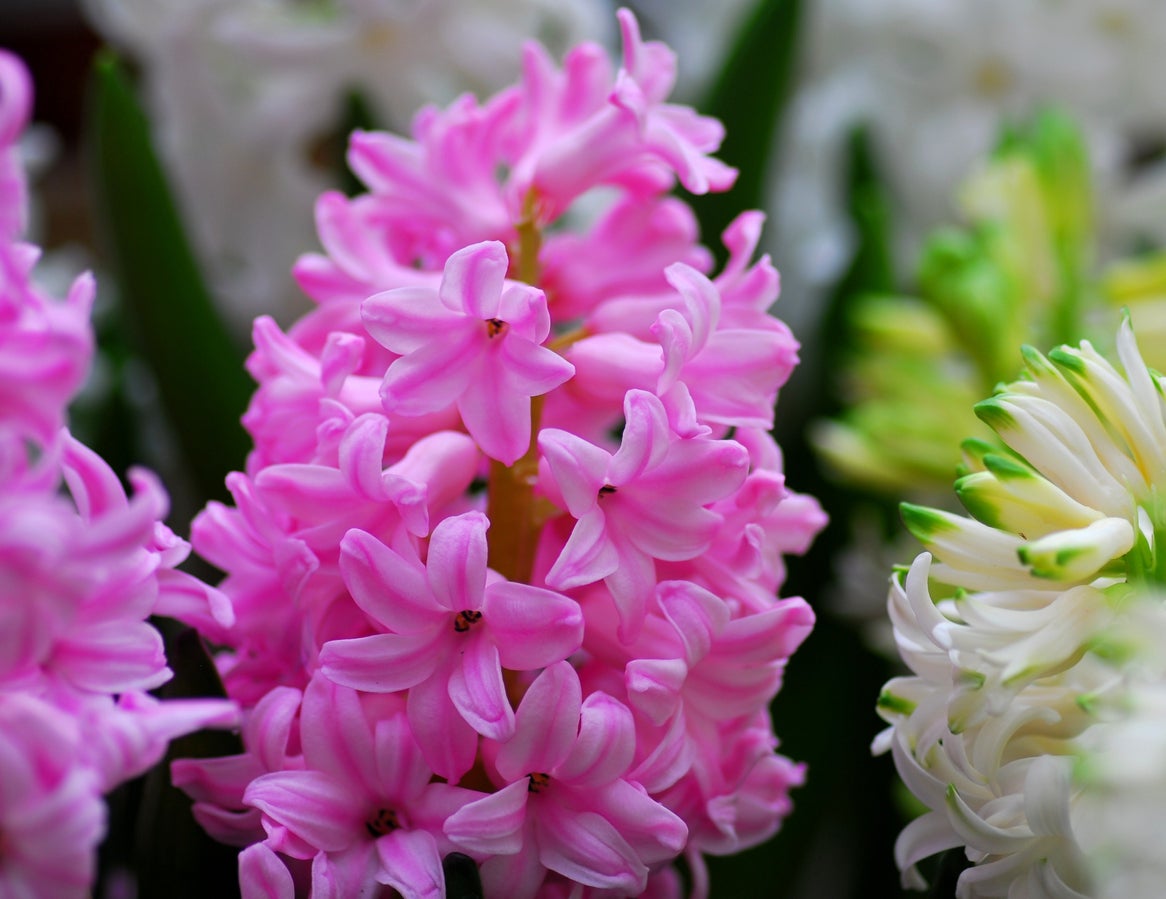 Growing Amethyst Hyacinths: Information On Amethyst Hyacinth Plants
Growing Amethyst Hyacinths: Information On Amethyst Hyacinth PlantsGrowing Amethyst hyacinths (Hyacinthus orientalis ‘Amethyst’) couldn’t be much easier and, once planted, each bulb produces one spiky, sweet-smelling, pinkish-violet bloom every spring, along with seven or eight big, shiny leaves. Learn more in this article.
By Mary H. Dyer
-
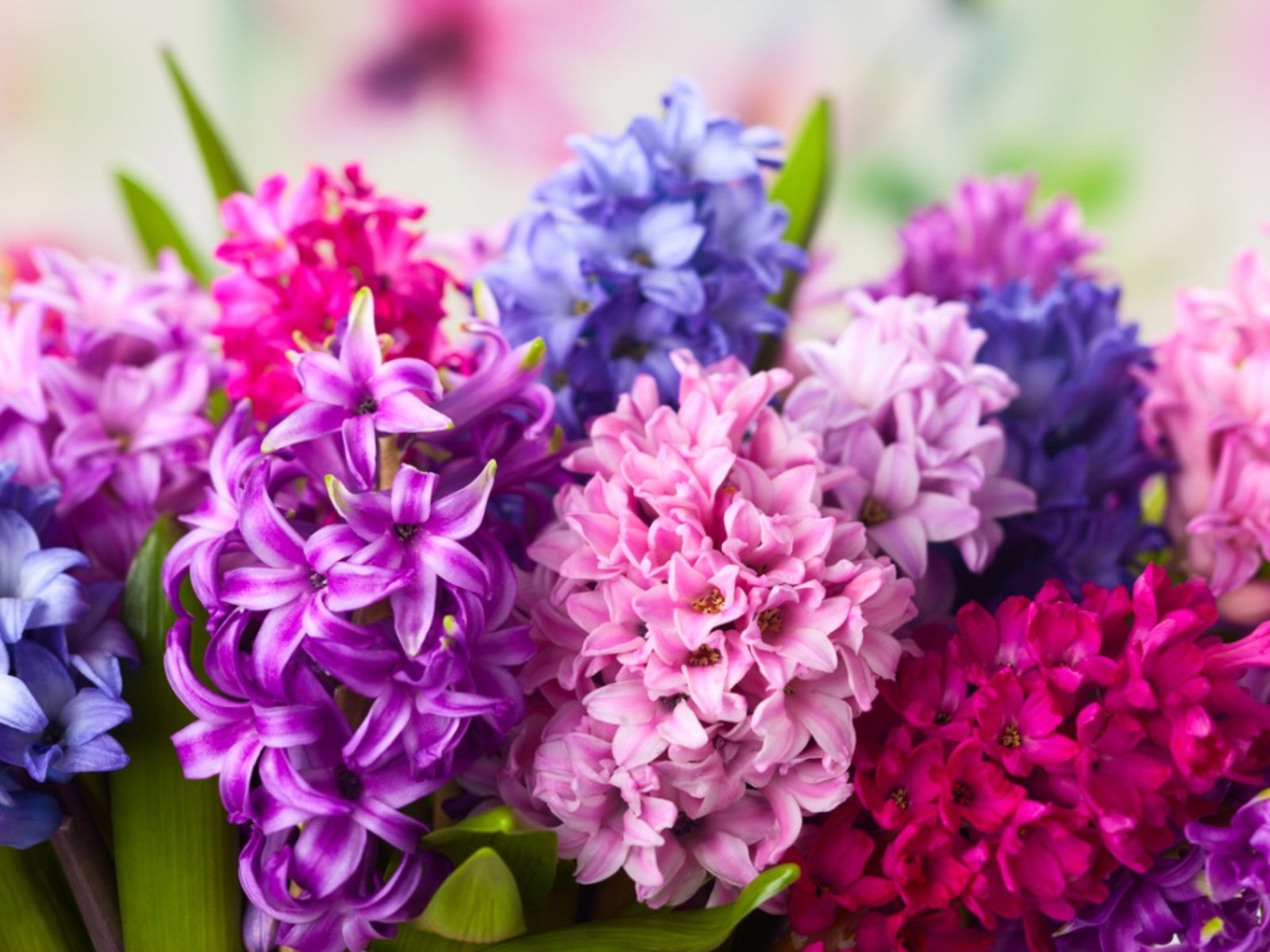 Hyacinth Seed Propagation – How To Grow Hyacinths From Seed
Hyacinth Seed Propagation – How To Grow Hyacinths From SeedAs hyacinth flowers fade and small green seed pods begin to form in their place, you may wonder, can you propagate hyacinth seeds? Click this article to learn about saving hyacinth seed and hyacinth seed propagation.
By Darcy Larum
-
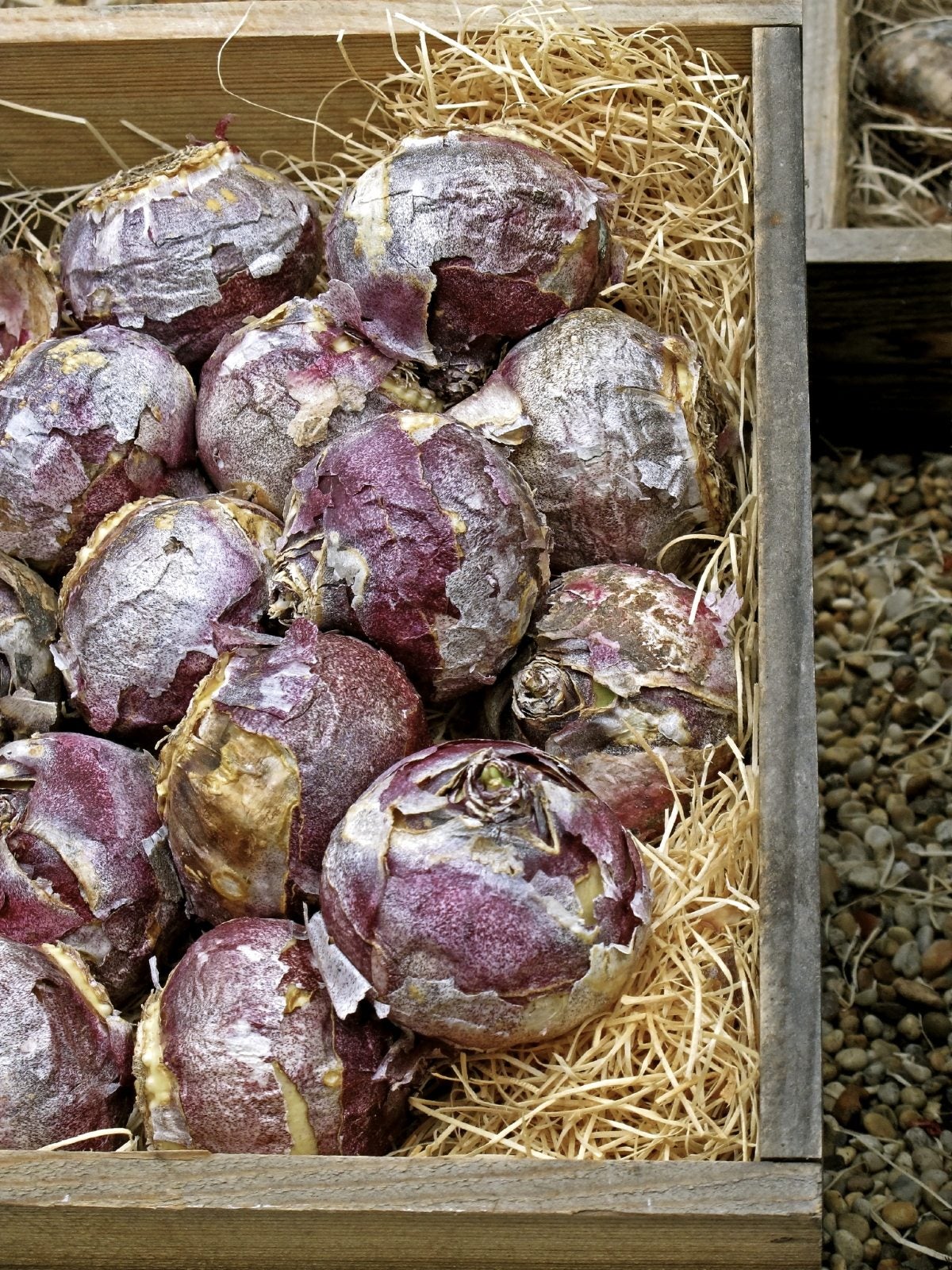 Curing Hyacinths: When To Dig Up Hyacinth Bulbs For Storing
Curing Hyacinths: When To Dig Up Hyacinth Bulbs For StoringIt's important not to dig up your hyacinth bulbs at the wrong time, or else your bulbs may not have enough energy to sprout. Learn about hyacinth bulb curing and storing hyacinth bulbs in the article that follows. Click here for more info.
By Liz Baessler
-
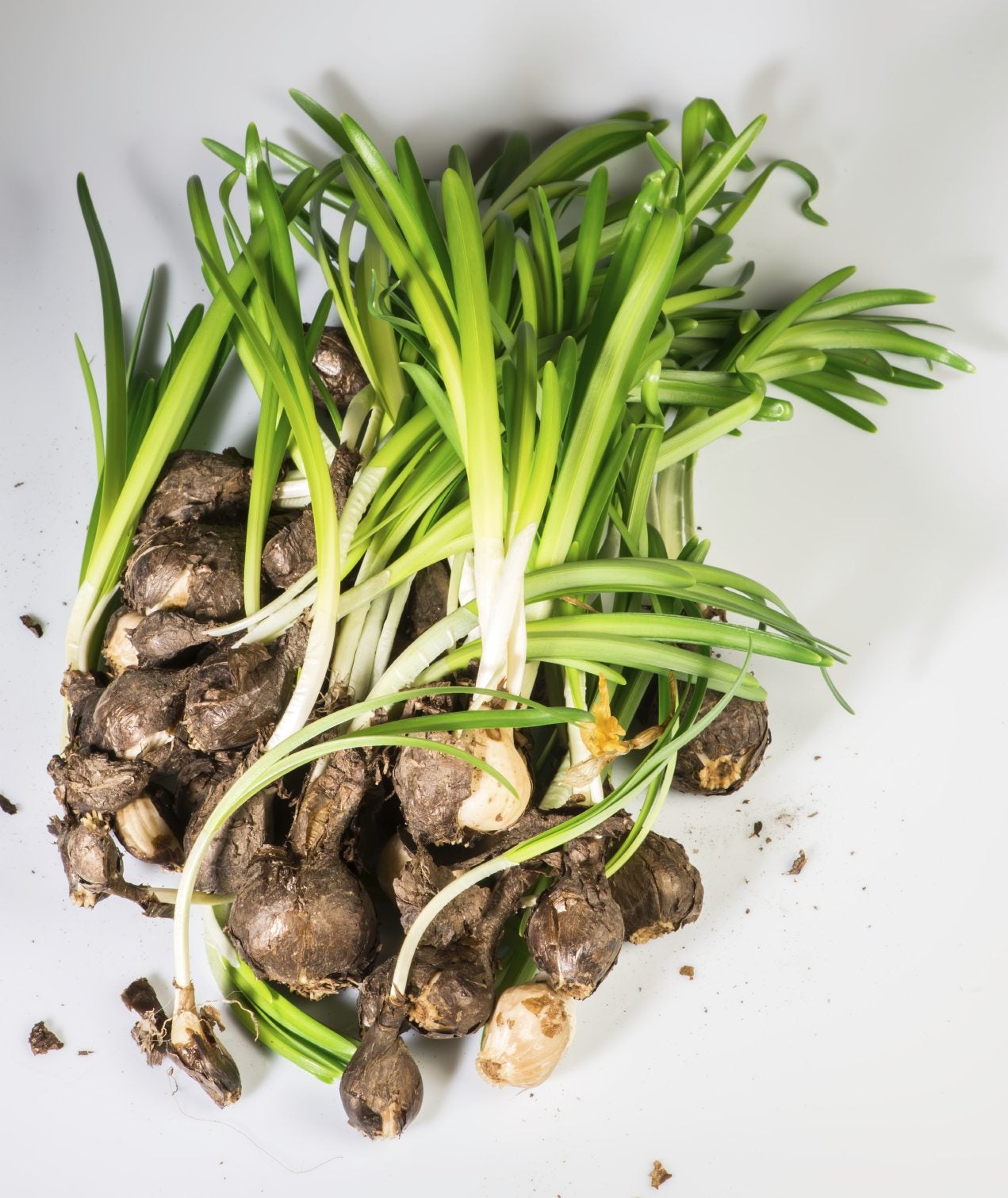 Propagating Hyacinth Offsets – How To Propagate Bulbs Of Hyacinth
Propagating Hyacinth Offsets – How To Propagate Bulbs Of HyacinthAlthough most gardeners find it easier and faster to purchase hyacinth bulbs, hyacinth propagation by seeds or offset bulbs is easier than you may think. Want to learn more about propagating and growing hyacinth bulbs? Click here.
By Mary H. Dyer
-
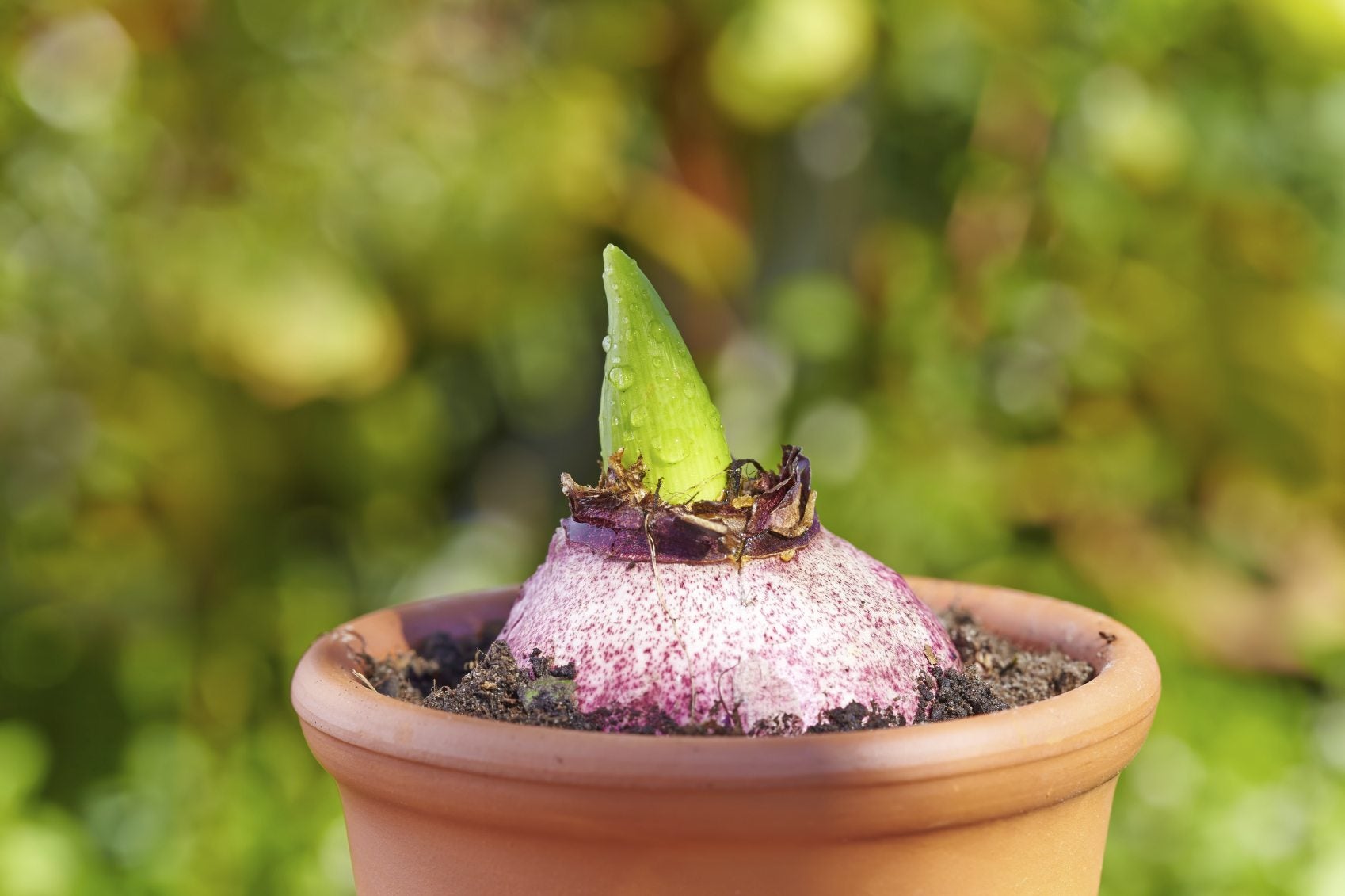 Container Grown Hyacinths: How To Plant Hyacinth Bulbs In Pots
Container Grown Hyacinths: How To Plant Hyacinth Bulbs In PotsHyacinths are famous for their pleasant fragrance. They also grow very well in pots, perfuming a patio, a walkway, or a room in your house. Learn how to plant hyacinth bulbs in pots in this article.
By Liz Baessler
-
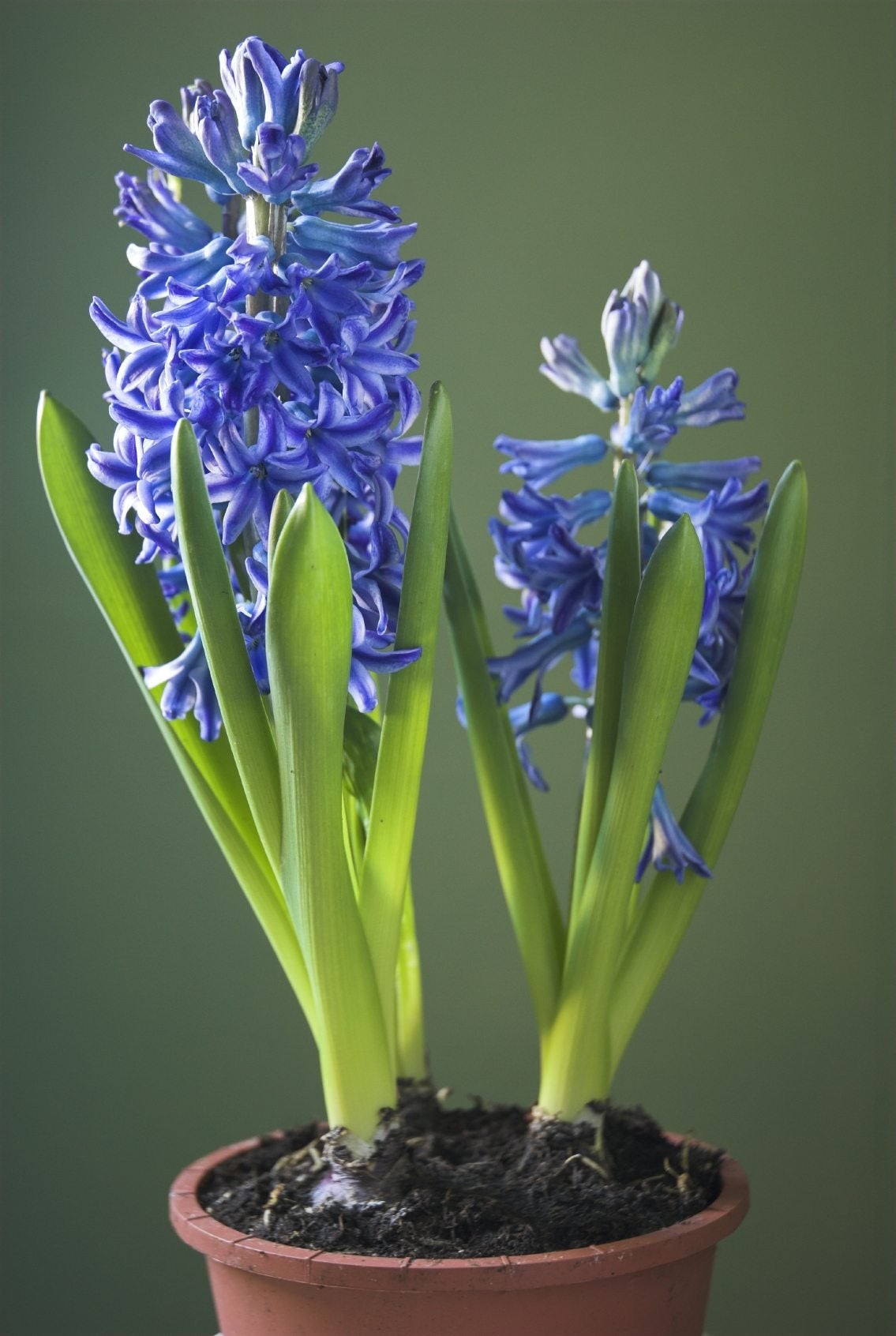 Indoor Hyacinth Care: Caring For Hyacinth Houseplants Post Flowering
Indoor Hyacinth Care: Caring For Hyacinth Houseplants Post FloweringBecause of their attractive flowers and delicious smell, potted hyacinths are a popular gift. Once they?re done blooming, though, don?t rush to throw them away. With a little care, you can keep your indoor hyacinth after blooming. This article will help.
By Liz Baessler
-
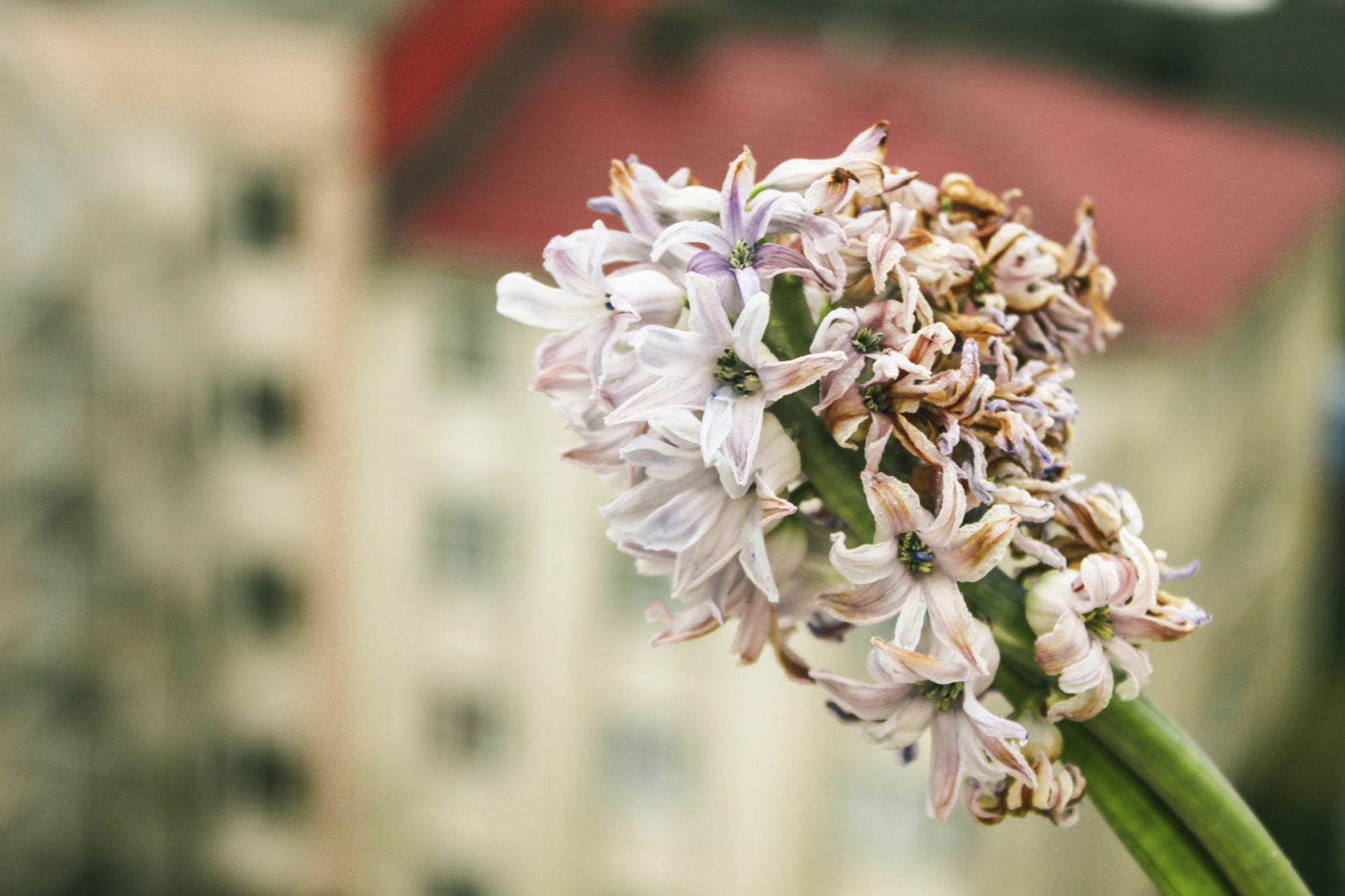 My Hyacinth Is Turning Brown – Caring For Browning Hyacinth Plants
My Hyacinth Is Turning Brown – Caring For Browning Hyacinth PlantsHyacinths make great indoor or outdoor plants and are harbingers of spring, but when they start turning brown, these cheery faces are suddenly a reason for panic. Find out if your hyacinth has a real problem or if it's just going through its normal lifecycle in this article.
By Kristi Waterworth